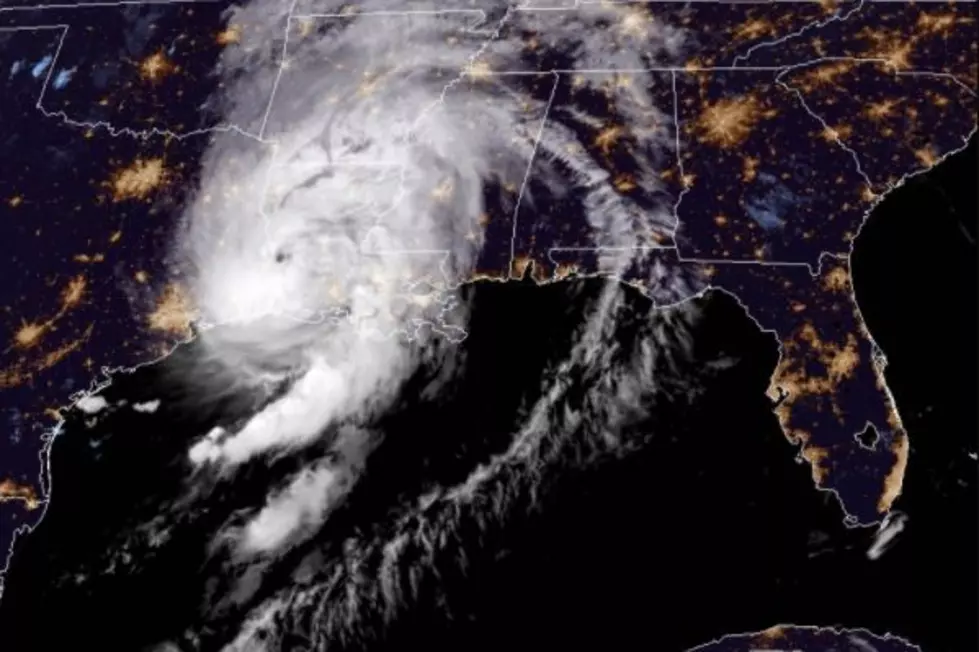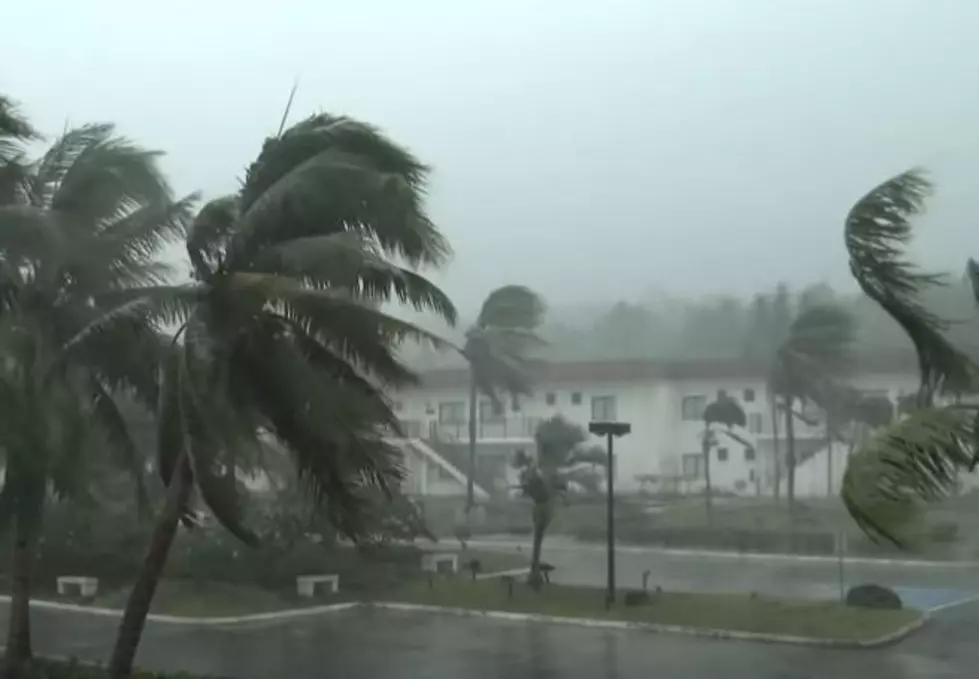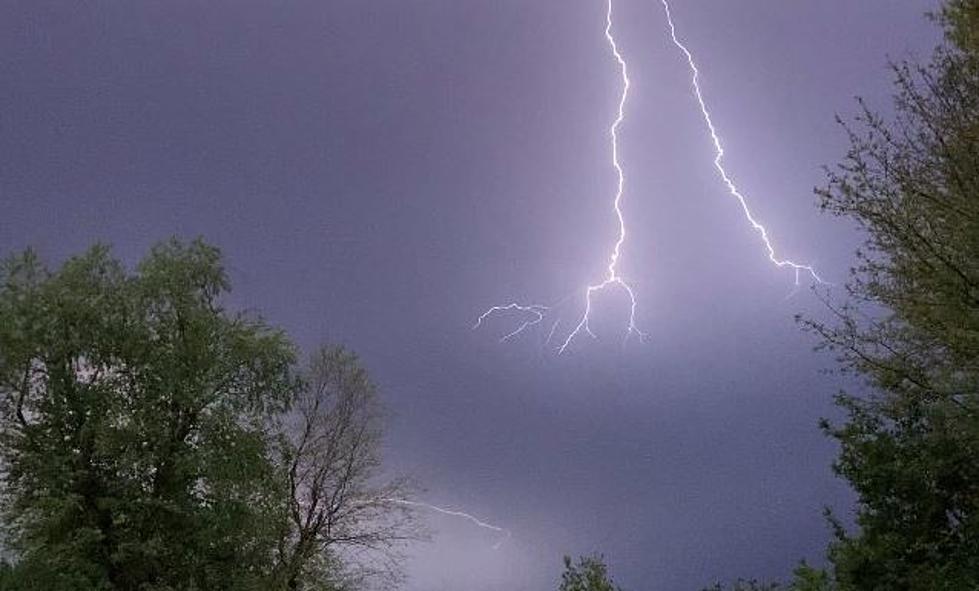
Why Laura’s Devastating Storm Surge Missed Lake Charles
As big as hurricanes are quite often the amount of damage that they do to a specific area comes down to a matter of only a few miles. For example, on Wednesday afternoon hurricane forecasters, emergency management offices, and state leaders were telling anyone that would listen that Cameron and Calcasieu Parishes were going to be inundated with storm surge from Hurricane Laura.
Fortunately, that inconceivable storm surge didn't materialize the way forecasters had thought it might. The reason? A difference of about 10 to 15 miles.
Forecasters say a slight shift in Laura's track that brought the center of circulation directly over Lake Charles versus a landfall about 10 or 15 miles west of the city made all the difference. Had the storm made landfall to the west of town that would have sent a wall of water directly up the Calcasieu Ship Channel and into the streets of Lake Charles.
Because the storm shifted slightly to the east the bulk of the heaviest storm surge was absorbed by Louisiana's natural storm barrier, our state's all too important wetlands. I can't think of a better illustration as to the importance of these unique Louisiana ecosystems than this. Not only are they incredible habitats for flora and fauna, but these swamps also save lives and property when the big storms hit.
In the case of Hurricane Laura, the mostly unpopulated wetlands of Cameron and Vermilion Parishes absorbed the worst of Laura's storm surge. It's not very often that you can say "we were lucky" after a category 4 hurricane has made landfall in your state, but because of our swamps and wetlands we were.
Six Things A Cajun Needs To Survive A Storm
More From My Magic LC 92.1 FM









